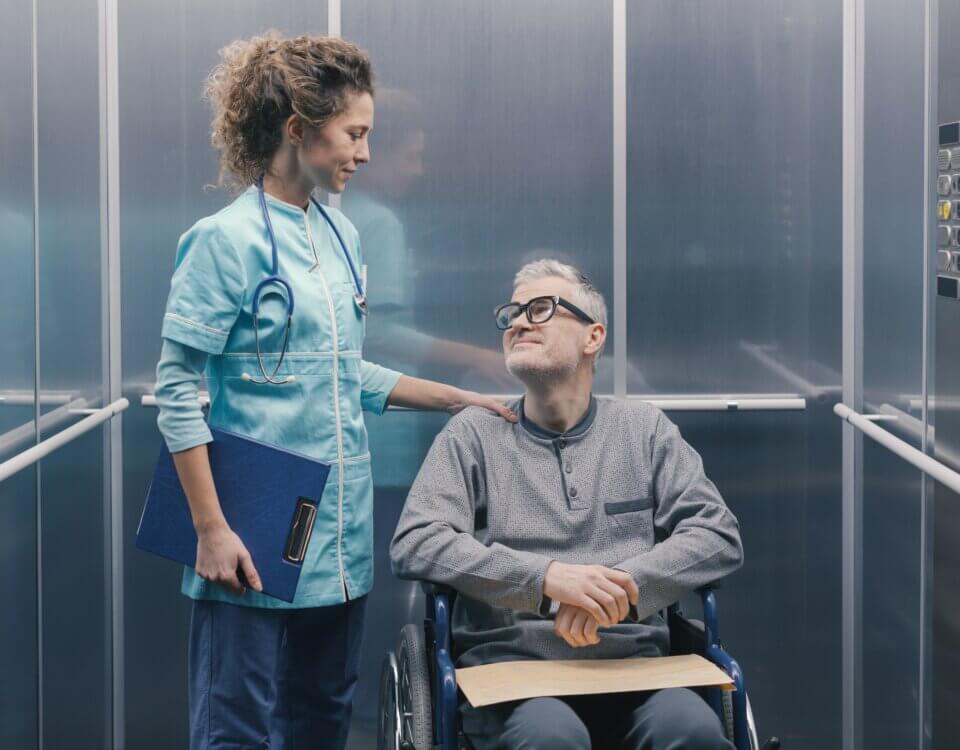Street closures are often necessary for construction, block parties, or special events, but they can have unintended consequences for emergency services. In California’s busy neighborhoods, even small detours can delay fire trucks, ambulances, or police vehicles when every second matters.
Why Closures Cause Delays
- Limited Alternate Routes: Dense urban areas or hilly communities may have few detour options.
- Inaccurate GPS Data: Emergency vehicles may rely on outdated navigation that doesn’t reflect temporary closures.
- Congestion on Side Streets: Diverted traffic can clog narrow residential roads, slowing responders.
- Lack of Communication: Residents or organizers may not inform local emergency services about planned closures.
Real-World Examples
- Los Angeles Block Parties: Reports show minor delays for ambulances when closures were not coordinated with the fire department.
- Bay Area Construction Projects: Unplanned lane closures near hospitals led to rerouting challenges for EMS crews.
How Communities Can Help
- Notify Authorities Early: Inform police, fire departments, and ambulance services about planned closures.
- Provide Clear Detour Signage: Visible, accurate signs help emergency responders and drivers navigate safely.
- Coordinate With Neighbors: Avoid scheduling multiple closures in the same area on the same day.
- Use Temporary Openings: For long-term projects, create emergency-access lanes or removable barriers.
Tips for Event Organizers and Residents
- Share Information Widely: Use neighborhood apps, flyers, or social media to alert the community.
- Avoid Peak Times: Schedule closures during low-traffic periods when possible.
- Designate Contact Points: Assign someone to communicate with authorities during the event or project.
Protecting Community Safety
Thoughtful planning and communication ensure street closures don’t compromise emergency response times. By working with local officials and neighbors, communities can enjoy events or complete projects without putting lives at risk.
Note: These blog posts are created solely for the use of Hillstone Law. The information is gathered from internet research, publicly available sources, and artificial intelligence (AI) tools such as ChatGPT. While we aim to share helpful and educational content, Hillstone Law does not independently verify every detail. Some information may be incomplete, outdated, or subject to change without notice. If you believe any part of a post is inaccurate, misleading, or infringes upon copyright, please contact Hillstone Law immediately so we can review it and take appropriate action, including correction or removal.
Disclaimer: The material provided in these blogs is for general informational purposes only and should not be considered legal advice. Reading these posts does not create, and is not intended to create, an attorney-client relationship with Hillstone Law. Our intent is to share knowledge, raise awareness, and provide helpful resources to the public; however, Hillstone Law makes no warranties or guarantees about the accuracy, completeness, or reliability of the information provided, and expressly disclaims liability for any actions taken in reliance on it. The photos used in these posts are for illustrative purposes only and do not depict actual clients, individuals, or incidents unless expressly stated. If you or a loved one has been injured in an accident, please contact Hillstone Law at (855) 691-1691. Our attorneys are available to answer your legal questions and help you understand your rights.







